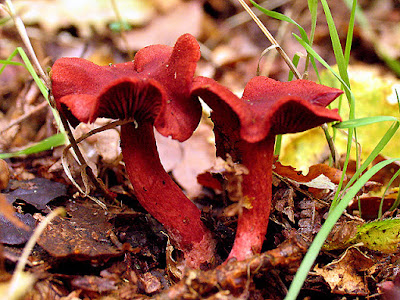The Living World
Class – XI - Biology - NCERT Chapter 1 Solutions
Question 1: Why are living organisms classified?
Answer:
Classification helps us understand biodiversity better way. Biodiversity have direct and indirect economic benefits to humans as well as to our ecosystem. Systematic study of such biodiversity is essential to better understand the inter-relationships in our ecosystems. Following are the needs to classify them:
① Plants and animals have valuable genetic variation information. It will help us understand the ways evolution take place.
② Humans often benefits from plants and animals in different ways. Systematic study will help exploring other potential benefits.
③ Certain species warn us of imbalances in our ecosystem. e.g. white-rumped vultures became almost extinct because of use of drug brufen (diclofenac) in domestic animals. When vultures ate these dead animals, it led to their kidney failures. Systematic study of the organisms would help in restoring the balance in their ecosystems.
④ Plants and animals have been the inspiration for technology and engineering design. e.g. SONARS and RADARS work on the same acoustics principles as used by bats. Classification will help us revealing such more inspirations.
⑤ It is estimated that the Earth has almost 8.8 million animal, plant, and fungi species, but we’ve only discovered less than a one fourth of this. A large variety of plants, animals, and microbes are found on earth. All these living organisms differ in size, shape, colour, habitat, and many other characteristics. Classification gives a system for identification of known and unknown organisms.
Question 2: Why are the classification systems changing every now and then?
Answer: In the last few hundred million years, plants and animals have undertaken an epic evolutionary journey that has altered the very make-up of the planet. Millions of plants, animals, and microorganisms are found on earth. Many of these have been identified by the scientists. While many new species are still being discovered around the world.
Another reason is that scientists started classifying organisms on the basis of evolutionary relationships rather than solely on the basis of similarities in physical traits.
Therefore, to classify these newly discovered species and finding new basis of classification, new systems of classification have to be devised every now and then. This creates the requirement to change the existing systems of classification.
Question 3: What different criteria would you choose to classify people that you meet often?
Answer: To classify people we often meet, we try to categorise in an ordered fashion.
① To begin with we classify them based on gender. It results in the formation of two major groups- boys and girls.
② Each of these two groups can be further classified on the basis of the blood relatives, distant relatives, friends, knowns and strangers.
③ Finally each individual be identified by its name (first name and sir name)
Question 4: What do we learn from identification of individuals and populations?
Answer:
① It helps in studying characteristics of an individual or its entire population.
② It helps in identifying similarities and dissimilarities among the individuals of same kind or between different types of organisms.
③ It helps the scientists find basis to classify organisms in various categories.
④ It helps us finding the relation between the individuals (or its population) with the ecosystem (Biotic and Abiotic factors).


















